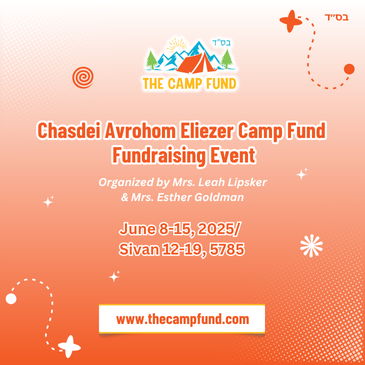STOCKTON, CA — At no time is bread richer with symbolic meaning for Nechami Brod than when she prepares challah.
On Fridays and during the High Holy Days, as the Stockton Chabad rabbi's wife kneads the golden dough, she thinks of Sarah, the wife of Abraham.
Making Challah Enriches Lives of Jewish Women
STOCKTON, CA — At no time is bread richer with symbolic meaning for Nechami Brod than when she prepares challah.
On Fridays and during the High Holy Days, as the Stockton Chabad rabbi’s wife kneads the golden dough, she thinks of Sarah, the wife of Abraham.
A holy woman, Sarah, the religion’s matriarch, received three special mitzvahs, or commandments.
“Every week in her tent, she baked fresh challah,” said Brod. “She had a blessing in her dough and the bread stayed fresh week to week. Miraculously, it stayed fresh week to week. It was never stale.”
Brod recalls this powerful link to the past and thinks of her mother and grandmother as she includes daughters Mushki, 4½, and Shayna, 2½, in the dough making. As a married woman, she also follows the other mitzvahs: family purity and the lighting of two candles on Friday before sunset to bring in the Shabbat, or Sabbath.
The delicately flavored bread, with its light, golden texture beneath a beautiful brown crust, is a staple at dinners celebrating the Shabbat and High Holy Days, except during Passover, when leavened foods are prohibited. For Congregation Beth Shalom in Modesto, the selling of Rosh Hashana baskets to commemorate the Jewish new year, which begins at sundown Sept. 12, also is a way to raise money for United Synagogue Youth Group.
There is much tradition in the making of challah and there are rules governing all aspects of the bread making. Tamar Ansh touches on these in her book “A Taste of Challah: A Comprehensive Guide to Challah and Bread Baking” (Feldheim Publishers, $34.99).
Ansh also provides a window into what a personally enriching experience making bread from scratch can be through stories from those who make challah weekly.
The word “challah” (the “c” is silent) itself is Hebrew in origin and refers to the portion of dough set aside for the priest during the time of the Temple. With time, the Hebrew word came to refer to the bread itself.
In keeping with tradition, Brod lets the dough rise, then separates a piece.
“After the piece is separated, you say a special blessing on the separation of the challah,” Brod said. “Nowadays, to give an offering, we burn it. This is considered holy. There’s a lot of meaning and love behind it.”
The bread’s presentation also harkens to ancient time.
“We braid the challahs in order to beautify the mitzvah of challah,” Ansh said in an e-mail from her home in Israel. “It is also linked to the part in the Torah when God presented Chava (Eve) to Adam. He first beautified her and braided her hair. So, too, we braid our challahs and beautify them.”
It’s said the three braids of a traditional challah represent justice, peace and truth.
“Three is a central number in Judaism: God, the Jewish people, the Torah,” Ansh said.
The sesame or poppy seeds sprinkled on the unbaked loaf represent the miracle of the manna, which rained from the heavens and nourished the Jews as they wandered through the desert in the days of Moses. The circular shape of a High Holy Day challah symbolizes the life cycle and the continuity of time. The raisins that sweeten the High Holy Day challah and the honey into which it is dipped signify hope for a sweet year.
















MINT
Avremel, that’s a great place to hide the coins… lol
nice article….
Thailand Shliach
great place to hide coins… nice article
editor
"The word “challah” (the “c” is silent) itself is Hebrew in origin.."
That’s hilarious!! ;)